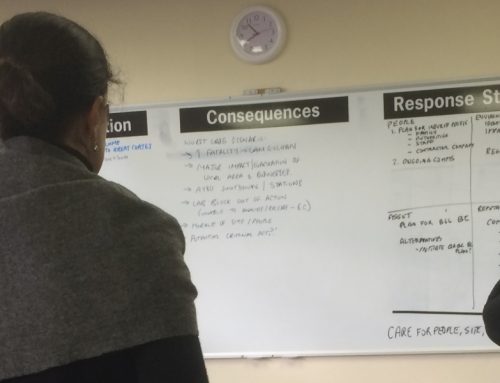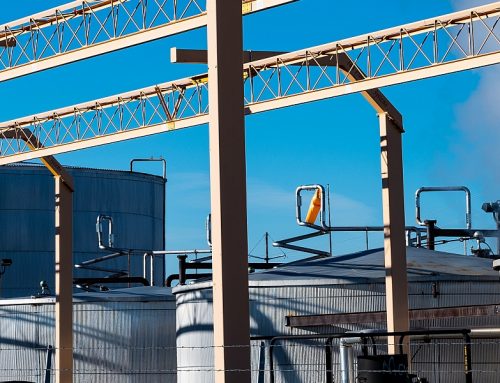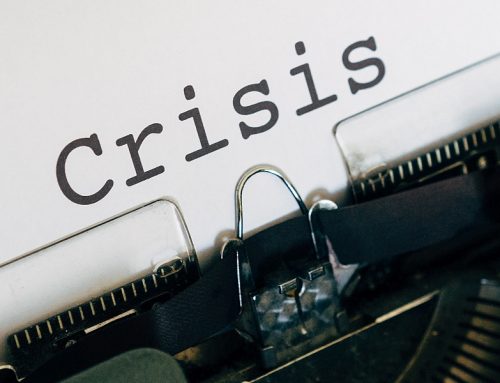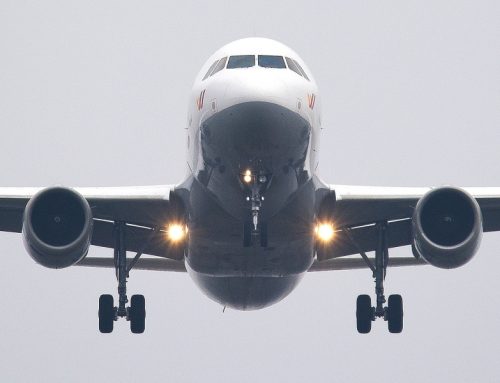Communication is fundamental to working efficiently and safety. It seems straightforward to expect a high level of skill and effectiveness for teams working in high hazard contexts such as chemical processing and storage facilities. But when we take a closer look we find that problems with communication are regularly cited as significant contributing factors to major accidents. In this article we take a look at communication and how it can impact on major accidents and also how to manage it for improved performance.
Piper Alpha disaster
Occidental’s Piper Alpha platform suffered an explosion and fire on its production deck on 6th July 1988. The fire spread rapidly and a number of smaller explosions occurred. Of the factors identified that led to this disaster, a key aspect was the failure to communicate safety-critical information regarding the condition of the plant at shift handover. A pressure safety valve had been removed and replaced with a blank flange. Without the knowledge of this change in condition, the oncoming shift took actions that initiated the disaster.
Texas City refinery explosion
On 23rd March 2005 an explosion and fire in the isomerisation unit at BP Texas City refinery killed 15 workers and left more than 170 injured. A series of failures before and during the start-up process led to the fluid level in the processing tower being 20 times higher than it should have been. Shift handover between two crucial operators occurred at the refinery gate and its duration and quality was less than adequate.
Shift handover
The key point to take from the above two case studies is that effective exchange of safety-critical information about the condition of the plant at shift handover is a fundamental component of situational awareness and therefore the subsequent decision making of the oncoming shift. The implications for maintaining safe plant operations and taking appropriate actions in the event of an emergency are clear to see.
Improving communication
So what can be done to improve communication during shift handover? There are a number of interventions that can be applied at both the individual and organisational levels. Some key learning from the medical context can be usefully adapted here, for example, the British Medical Association guidance on safe shift handover includes the following points:
Who should be involved? The shift handover should be a face to face meeting between the outgoing and oncoming shift personnel, including managers or supervisors.
When should handover take place? Handovers should be scheduled for a specific time with sufficient time allocated to exchange all relevant information.
Where should handover take place? The handover should take place at a location close to the usual workspace, for example the main control room, with enough space to accommodate all personnel.
How should handover happen? The handover should be formal and follow a consistent format.
What should be handed over? The written or electronic logbook should be completed and handed over to the oncoming shift. Two-way verbal communication between the two teams should compliment the logbook.





